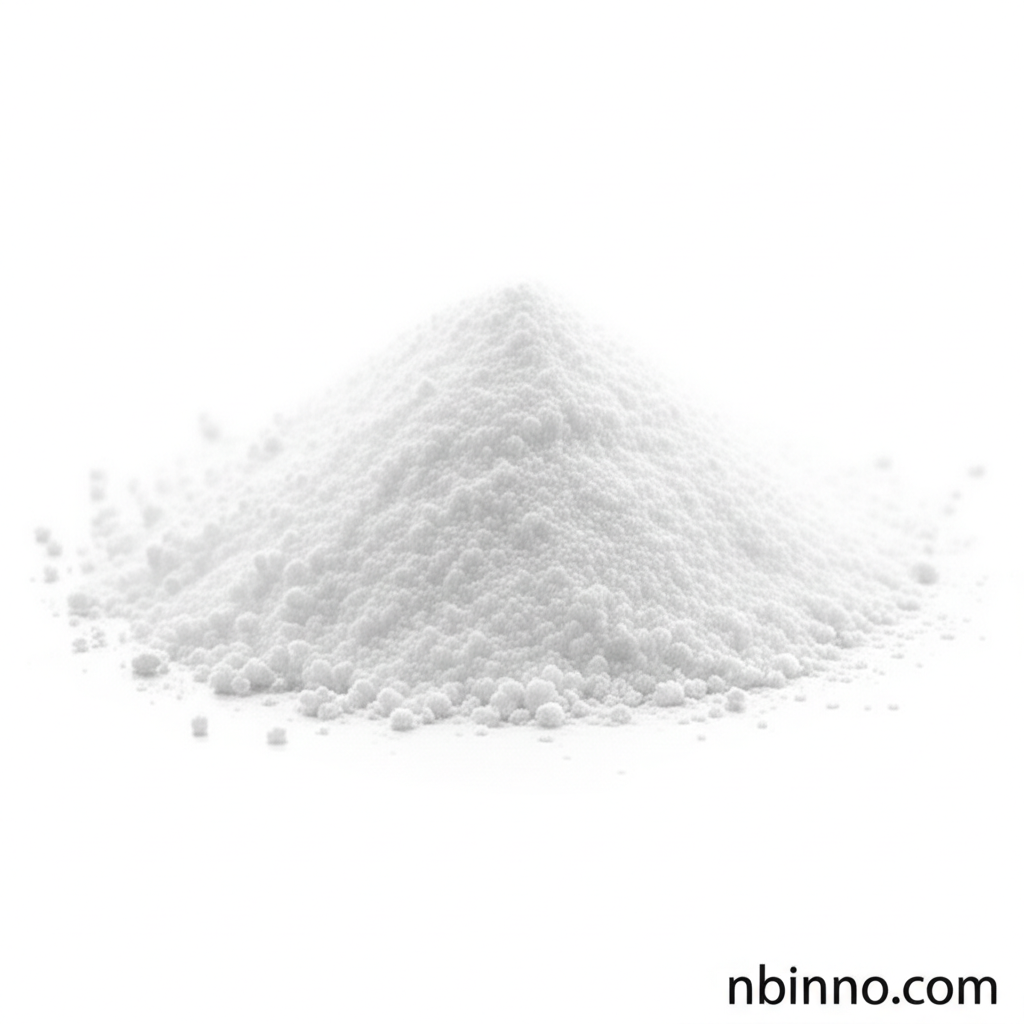Polyethylene Glycol 4000: Enhancing Pharmaceutical Formulations
Discover the essential role of PEG 4000 as a versatile excipient in modern pharmaceutical product development and manufacturing.
Get a Quote & SampleProduct Core Value

Polyethylene Glycol 4000
Polyethylene Glycol 4000 is a cornerstone excipient in the pharmaceutical industry, prized for its exceptional ability to enhance drug delivery and improve the physical characteristics of formulations. Its key value lies in its multifaceted functionality, acting as a binder to improve tablet integrity, a lubricant to facilitate tablet ejection, and a film-former to create smooth, durable tablet coatings. By improving drug release profiles and preventing the adhesion of icing tablets, PEG 4000 ensures consistent therapeutic outcomes and facilitates efficient manufacturing processes, making it an indispensable component for pharmaceutical development.
- Leveraging buy polyethylene glycol 4000 for improved tablet integrity and smooth surfaces in pharmaceutical manufacturing.
- Understanding the uses of polyethylene glycol 4000 as a crucial component in pharmaceutical excipient selection.
- Exploring the application of PEG 4000 for tablets to enhance drug release and prevent tablet adhesion during production.
- Sourcing high-quality pharmaceutical grade PEG 4000 from reliable manufacturers and suppliers is key to consistent product quality.
Key Advantages of PEG 4000
Enhanced Tablet Performance
The unique properties of PEG 4000 contribute significantly to the success of tablet manufacturing. As a binder, it ensures tablets maintain their shape and hardness. Furthermore, its lubricating qualities reduce friction during the compression process, preventing sticking to dies and punches. This makes it easier to purchase polyethylene glycol 4000 for efficient production cycles.
Improved Drug Release and Stability
When used in solid dosage forms, PEG 4000 can influence the dissolution rate of active pharmaceutical ingredients. Its presence can prevent issues like icing tablet adhesion to bottles, ensuring product integrity from manufacturing to patient use. Sourcing pharmaceutical grade PEG 4000 from trusted partners is vital for these critical functions.
Versatile Formulation Applications
Beyond tablets, PEG 4000 serves as a valuable ingredient in ointments, topical preparations, and as a dispersant. Its ability to enhance product consistency and stability across various formulations makes it a go-to choice for formulators. Exploring the polyethylene glycol 4000 price from various PEG 4000 suppliers can help optimize procurement.
Key Applications
Tablet Manufacturing
PEG 4000 acts as a binder, lubricant, and plasticizer, improving tablet hardness, reducing friction, and enhancing dissolution. Its utility in this area is a primary reason to buy polyethylene glycol 4000.
Ointment and Topical Formulations
As a base, PEG 4000 provides an excellent vehicle for active ingredients in ointments and creams, offering good skin feel and stability.
Dispersant and Stabilizer
In suspensions and solutions, PEG 4000 helps to keep particles uniformly dispersed, preventing settling and ensuring product homogeneity.
Controlled-Release Systems
Its use in pharmaceutical excipient applications extends to creating matrices for sustained or controlled drug release, impacting therapeutic efficacy.
